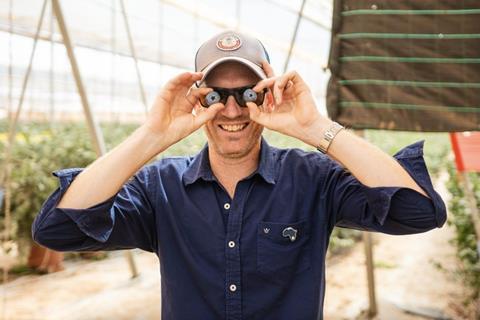Berries ZA chairperson Herman van Dyk reports renewed optimism in the South African blueberry sector, with higher demand expected despite ongoing competition from Peru and the need for expanded market access

After a few years of declining production, South Africa’s blueberry business is set for growth once again.
Berries ZA’s chairperson, Herman van Dyk, said the industry is expecting good volumes when it moves into the peak season over the next two months.
The Western Cape remains the country’s main production region – and it is between now and January when the industry’s success this season will be determined.
”It was a tough few years,” van Dyk confirmed. “Smaller growers left the industry, and we lost some volume.
”Now we are, however, back on track and we expect higher demand.”
The local South African market has been developing strongly in recent years.
“Peru has had a few problems the past few years and we benefitted from that,” he continued. ”However, that country is back on track in their production and we will have to see how this will affect us.
“There is now a bigger international demand for our blueberries,” van Dyk explained.
”Because Peru is a big exporter to the United States, higher tariffs from the USA could influence this trade.”
Peru’s new rate to the US will be 10 per cent, and reports indicate that the South American country’s exporters will increasingly target China, India and Indonesia to avoid the higher tariffs.
Van Dyk said this could affect some of South Africa’s markets.
Last year, South Africa exported some 22,000 tonnes of blueberries, with the UK and Europe being major recipients.
Internally, the country has also lengthened its marketing season, with some varieties ripening earlier in the north of the country.
“We have different climatic regions, and this is benefitting our offer,” he pointed out.
There are still challenges for the industry, one of which is increased market access. This is particularly true in India, China and some other eastern markets.
“The pace at which Peru is increasing production is a challenge,” said van Dyk. ”They are and will remain our direct competition and we cannot afford to lose market access to them.”
Price levels, meanwhile, are now better than they were three years ago.
“We are still a young industry with lots of room for growth,” he added. ”We must remember that blueberries have not been around for so long and there are many regions in our country where we can grow.
”It is very important to retain our position as a quality producer.”



